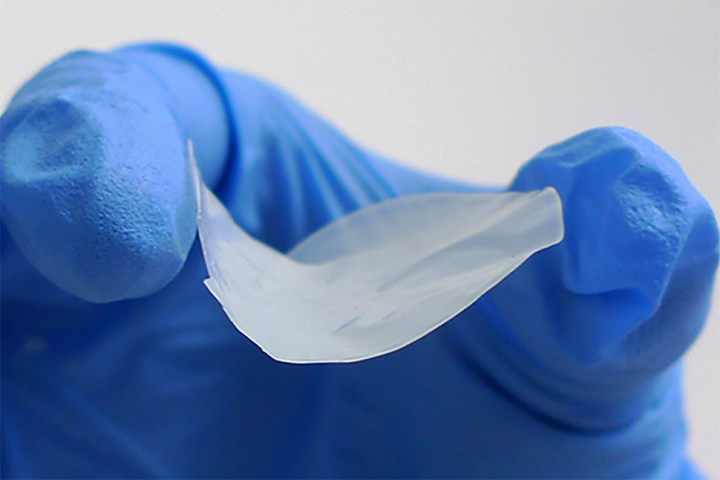
The boron nitride-based material was first developed as a powder with incredible absorption capabilities, but a material in powder form is not effective in an oil spill. The team had to turn the powder into a sponge that could be used to absorb the oil from a spill and separate it from other components, including of course water when there is an aquatic accident. It took two years of research, funded in part by the Australian Research Council, to create the revolutionary sponge material. “We are delighted that support from the Australian Research Council allowed us to participate in this interesting study and we could help our IFM colleagues to model and better understand this wonderful material, ” said Drexel Professor Yury Gogotsi.
The team of researchers developed a new production technique that allowed them to create a nanosheet of boron nitride. Working with scientists from Drexel and Missouri University, the team was able to take the boron oxide, also know as white graphite, and break it down into atomic-sized sheets. These sheets were then were assembled into a sponge-like aerogel or absorptive membrane that is useful for oil spill cleanup The nanosheets have small pores that increase the material’s surface area exponentially such that the surface area of one gram of material is equal to the area of 5.5 tennis courts. This immense surface area allows the sponge to absorb up to 33 times its own weight.
Not only is it absorptive, the boron nitride nanosheets also can withstand flame, are resistant to burning, and can be used in flexible materials such as electrical and heat insulation. Now that the material has been put through its paces in the laboratory, the Australian team is ready to test it in the field the next time an oil spill threatens a waterway, a roadway, or any other ecologically sensitive area.




